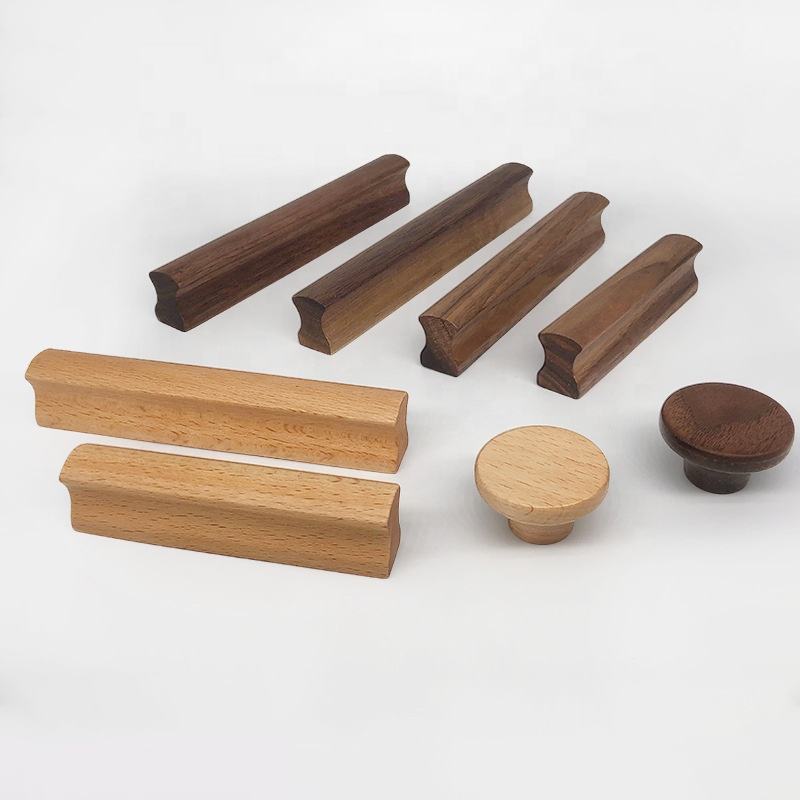Ergonomic design in wooden furniture handles is a science that focuses on creating handles that provide optimal comfort, usability, and support for users. By considering human anatomy, movement, and interaction, ergonomic handles enhance the overall user experience while minimizing discomfort and strain. Here’s a closer look at the principles of ergonomic design in wooden furniture handles:
1. Grip Comfort:
Ergonomic handles are designed to fit comfortably within the user’s hand. The shape, size, and contours of the handle should allow for a natural grip without causing pressure points or strain.
2. Hand Size Consideration:
Handles should accommodate a range of hand sizes comfortably. A handle that is too small might be uncomfortable for people with larger hands, while a handle that is too large could be difficult for those with smaller hands to grasp.
3. Finger Placement:
Ergonomic handles take into account the natural placement of fingers when gripping. This ensures that the user’s fingers can easily wrap around the handle without overextending or straining.
4. Angles and Curves:
The angles and curves of the handle should align with the natural movement of the wrist and hand. Ergonomic handles are often designed with a slight curvature that matches the natural curve of the hand.
5. Ease of Use:
Ergonomic handles are intuitive and easy to use. Users should be able to open drawers, doors, or lids with minimal effort, eliminating the need for excessive force or awkward hand positions.
6. Accessibility:
Handles should be accessible to users of varying heights and abilities. The height and placement of the handle should allow for comfortable use by individuals in both standing and seated positions.
7. Material and Texture:
The material and texture of the handle play a role in ergonomics. The handle should provide a comfortable grip that doesn’t cause slipping, and the texture should be pleasant to touch without being abrasive.
8. Symmetry and Balance:
Ergonomic handles often have a balanced design that prevents the furniture piece from tilting or becoming unstable when the handle is pulled or pushed.
9. User-Centered Design:
Ergonomic design is user-centered, taking into consideration the needs, preferences, and limitations of the individuals who will be using the furniture. This might include factors like hand strength, dexterity, and any physical limitations.
10. Reducing Strain:
Ergonomic handles aim to minimize strain on the user’s muscles and joints. By providing a comfortable and natural grip, ergonomic handles help reduce the risk of discomfort or injury, especially with frequent use.
11. Aesthetics and Functionality:
Ergonomic design doesn’t sacrifice aesthetics for functionality. A well-designed ergonomic handle can seamlessly integrate with the overall design of the furniture piece while enhancing the user experience.
Incorporating ergonomic principles into wooden furniture handles enhances both the functionality and user satisfaction of your furniture. By creating handles that are comfortable, intuitive, and supportive, you’re ensuring that your furniture is not only beautiful but also a pleasure to interact with.


